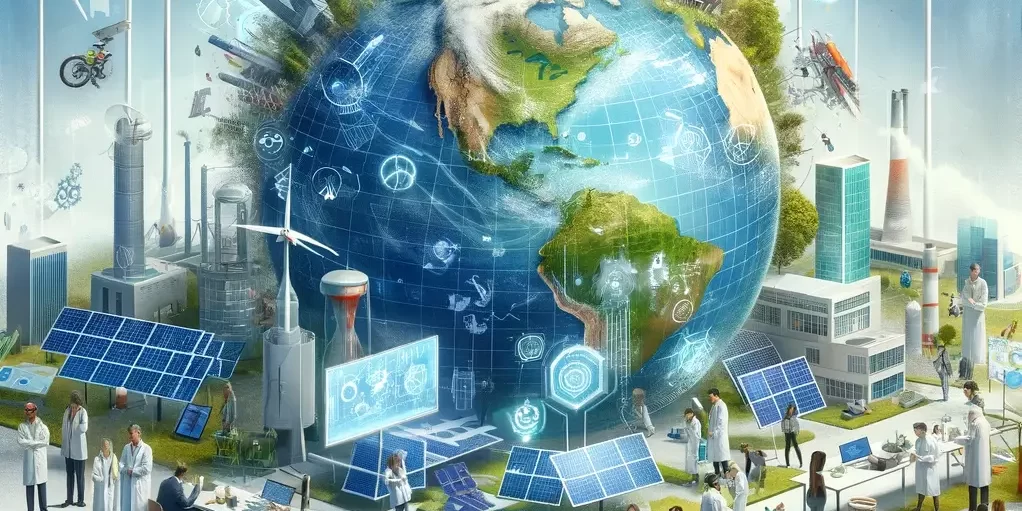The world faces an existential threat of climate change, and governments are scrambling to find solutions.
One such solution that has gained traction in recent years is the Net Zero strategy.
This strategy aims to reduce greenhouse gas emissions to zero by balancing the emissions produced with an equivalent amount removed from the atmosphere.
Net Zero Strategy in the United Kingdom
Many governments around the world have adopted this strategy as a way to combat climate change. The United Kingdom, for example, has committed to achieving Net Zero emissions by 2050. This bold move requires significant investment in renewable energy, electric vehicles, and other technologies that can reduce emissions. The UK government has also introduced policies encouraging businesses to adopt sustainable practices, such as introducing a carbon tax and funding for green projects.
Net Zero Strategy in the European Union
Similarly, the European Union has set a goal of achieving Net Zero emissions by 2050. The EU has significantly reduced emissions, with renewable energy sources accounting for 33% of the region’s electricity generation in 2019. The EU is also investing heavily in research and development of new technologies that can help reduce emissions, such as carbon capture and storage.
Net Zero Strategy in the United States
In the United States, the Net Zero strategy has gained support from many states and cities despite the federal government’s reluctance to take action on climate change. California, for example, has set a goal of achieving Net Zero emissions by 2045 and has introduced policies to support the adoption of electric vehicles and renewable energy sources.
Challenges of implementing the Net Zero Strategy
While the Net Zero strategy is a step in the right direction, it has challenges. One of the biggest challenges is the cost of implementing the necessary changes. Governments will need to invest heavily in renewable energy, electric vehicles, and other technologies, which can be expensive. However, the long-term benefits of reducing emissions far outweigh the costs.
Overcoming the Challenges
Climate change is a global problem, requiring a coordinated effort from all countries to address it. The Paris Agreement, which aims to limit global warming to below 2 degrees Celsius, is a positive step in this direction. However, some countries, including the United States, have withdrawn from the agreement, which poses a significant challenge to achieving the net zero goal.
The Net Zero strategy is essential in the fight against climate change, and governments worldwide are taking action to achieve this goal. However, some challenges must be overcome, including the cost of implementing changes and the need for international cooperation.
Ultimately, the success of the Net Zero strategy will depend on the commitment and collaboration of governments, businesses, and individuals around the world.
Scotmas – Net Zero by 2025
At Scotmas, reducing carbon emissions is not just a responsible thing to do but also makes good business sense. We understand that by taking action towards sustainability now, we can demonstrate our commitment to reducing our environmental impact and attract customers who share our values.
As a water treatment and hygiene solutions provider, Scotmas works with various industries, including water treatment, agriculture, healthcare, and food processing. By offering sustainable solutions that help our customers reduce their environmental impact, Scotmas can help create a more sustainable future for all.
Our goal is to achieve Net Zero by 2025. We understand that this is an essential goal, and we are committed to taking bold action towards reducing our carbon footprint. By doing so, we can demonstrate our commitment to sustainability, attract customers who share our values, and help create a brighter future for our planet.






